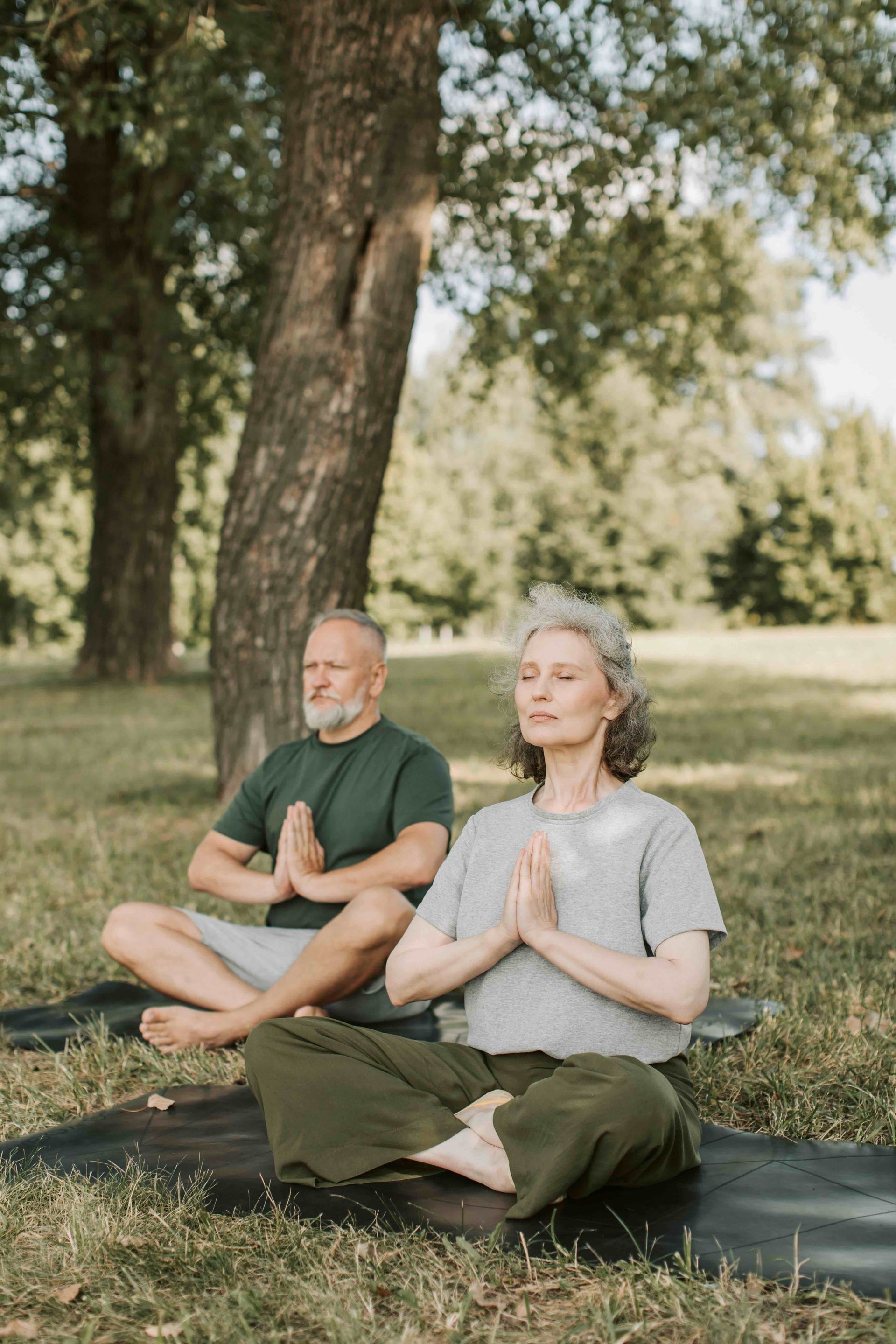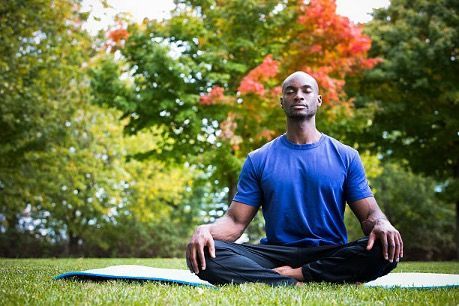When Opposites Attract: The Myth of Shiva & Shakti

Shiva and Shakti are two fundamental forces in Hinduism that play a significant role in yoga philosophy and practice. Shiva represents the masculine energy and is associated with consciousness, while Shakti represents the feminine energy and is associated with energy and power. Together, they create the dynamic interplay of opposites that is essential for spiritual growth and self-realization.
In a personal yoga practice, the concept of Shiva and Shakti can be used to cultivate balance and harmony between the different aspects of our being. By working with these energies, we can develop a deeper understanding of ourselves and our relationship with the world around us.
Shiva, the masculine energy, is often associated with stillness, awareness, and transcendence. It is the energy that allows us to observe our thoughts and emotions without getting caught up in them. In yoga practice, this can be cultivated through meditation, pranayama (breathing exercises), and asana (postures) that encourage stillness and introspection.
Shakti, on the other hand, is associated with movement, creativity, and transformation. It is the energy that allows us to express ourselves and manifest our desires in the world. In yoga practice, this can be cultivated through dynamic asanas that build strength and flexibility, as well as practices such as chanting and visualization that tap into our creative potential.
The interplay of Shiva and Shakti is often depicted in the form of the Ardhanarishvara, a half-male, half-female deity that represents the unity of opposites. This image reminds us that both energies are essential for a complete and balanced practice.
One way to work with the energies of Shiva and Shakti in your personal yoga practice is to set an intention to cultivate balance between these two forces. This can be done through a variety of practices, including:
Meditation: Sit in a comfortable position and focus on your breath. As you inhale, imagine that you are drawing in the energy of Shiva, the stillness and awareness within you. As you exhale, imagine that you are expressing the energy of Shakti, the movement and creativity within you. Repeat this visualization with each breath, allowing the energies to flow in a natural and harmonious way.
Asana: Choose a sequence of postures that balances stillness and movement. Begin with some grounding postures, such as Tadasana (Mountain Pose) or Balasana (Child's Pose), that allow you to connect with the energy of Shiva. Then, move into some dynamic postures, such as Sun Salutations or Warrior Poses, that activate the energy of Shakti. End with some restorative postures, such as Savasana (Corpse Pose), that allow you to integrate the energies and cultivate a sense of inner peace.
Chanting: Choose a mantra or chant that incorporates the energies of Shiva and Shakti. For example, the mantra "Om Namah Shivaya" honors the energy of Shiva, while the mantra "Om Shakti" honors the energy of Shakti. Chant the mantra with intention and focus, allowing the energies to flow through you and balance each other.
Working with the energies of Shiva and Shakti in your personal yoga practice can help you cultivate a deeper connection to yourself and the world around you. By balancing stillness and movement, awareness and creativity, you can tap into your full potential and live a more fulfilling and authentic life.

At Southern Lotus Yoga in McDonough, GA, we seek to create a community where we nurture practicing yoga with kindness and compassion while encouraging others to share in this spirit both on and off mat. We strive to cultivate an enriching yoga practice that balances, mind, body and spirit. Our students leave their mats feeling grounded by a well-rounded experience through our programs, classes and events. Call Us or Register Now!










At Southern Lotus Yoga, we seek to create a community where we nurture the practice of yoga with kindness and compassion to serve the greater McDonough area.
All Rights Reserved | Southern Lotus Yoga




